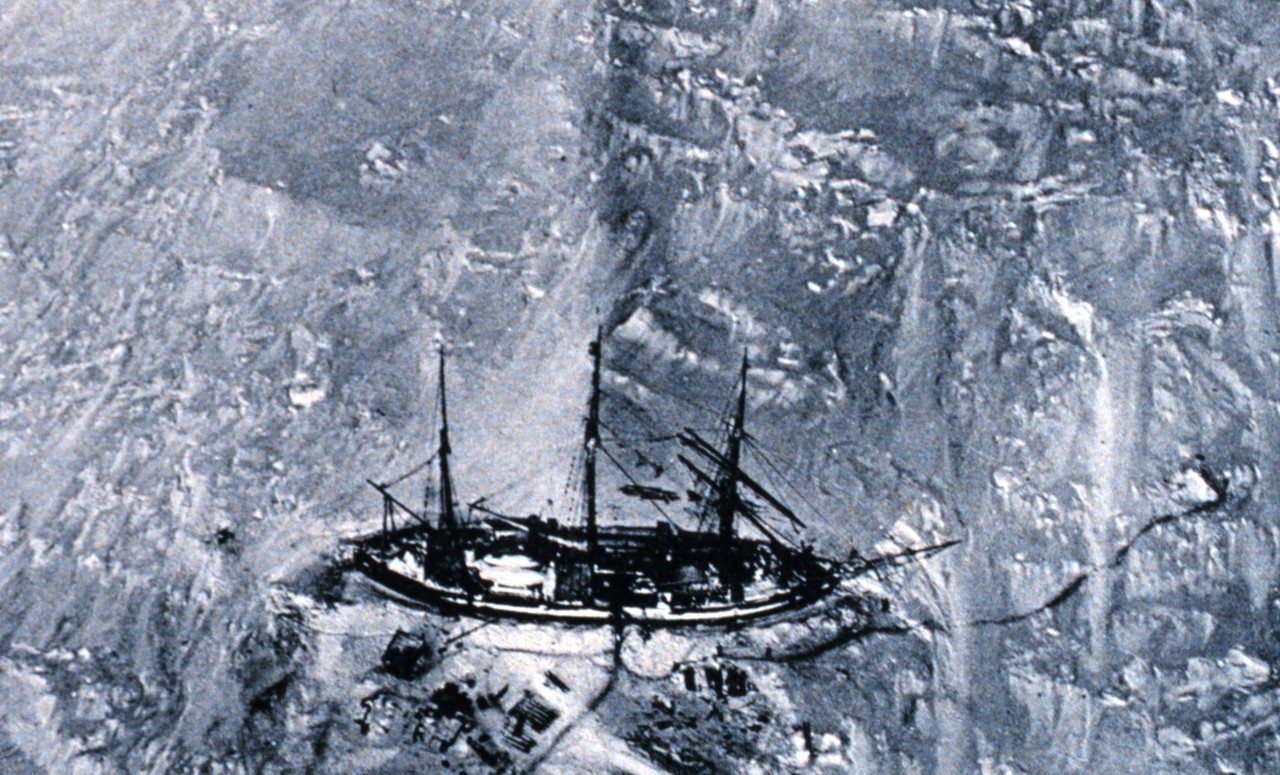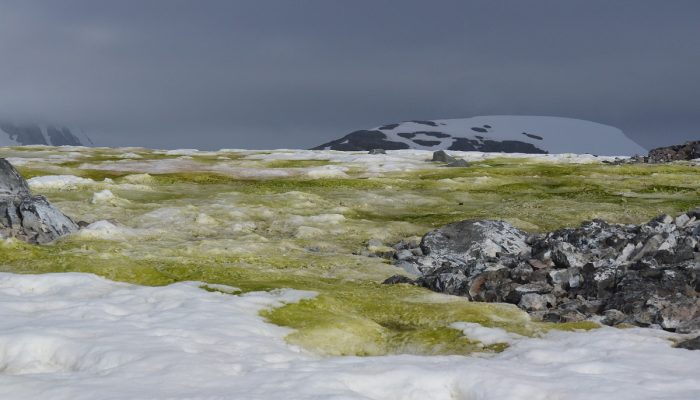The EGU Cryosphere blog has reported on several studies of Antarctic sea ice (for example, here and here) made from high-tech satellites, but these records only extend back to the 1970s, when the satellite records began. Is it possible to work out what sea ice conditions were like before this time? The short answer is YES…or this would be a very boring blog post! Read on to find out how hero ...[Read More]
Image of the Week – See sea ice from 1901!







